Resolution 71/2025 of the Politburo on breakthroughs in education and training development clearly states: No school councils are organized in public educational institutions (except public schools with international agreements) and "implementation of the Party Secretary concurrently being the head of the educational institution". This policy demonstrates the political determination to strengthen and unify the Party's direct and comprehensive leadership role in higher education institutions.
Profound impact on higher education institutions
To institutionalize the above policy, the draft amendments to the Law on Education and the Law on University Education are being developed and commented on by the competent authorities, expected to take effect from January 1, 2026. When these two amended laws are passed by the National Assembly , the changes will have a profound impact on the organizational structure and operations of at least 173 public universities nationwide.
The Minister of Education and Training said that the arrangement of Party Committee Secretaries concurrently as Heads of public universities and vocational training institutions will be completed in December 2025, so that the new apparatus can operate synchronously from the beginning of next year. The new model will eliminate the school councils at public universities; merge the highest political leadership role (Party Committee Secretary) with the highest executive role (Principal). This is a shift from a structure with counterweights and decentralization to a model that concentrates and unifies power in a single individual - who is simultaneously responsible to the Party and the law for all activities of the school.
This change reflects the adjustment based on the practical operation of public universities in recent times. In fact, the old model sometimes leads to a lack of synchronization, even contradictions between the Party Committee's policies, the school council's decisions and the management activities of the board of directors, causing delays in decision-making.
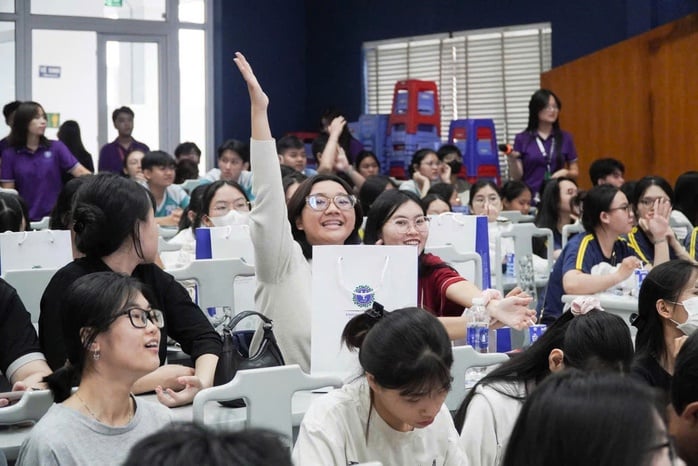
The organizational structure of public universities will be significantly streamlined to focus on training goals. Photo: HUE XUAN
The new model prioritizes unity, efficiency and vertical transparency of the political system. The organizational structure of public universities will be significantly streamlined by eliminating the highest level of governance, the university council. The role of the president will be elevated to a new level: not only as an operator but also as a strategist and with the highest political responsibility. The power and responsibility of the president will be significantly greater than before.
To ensure continuity in school operations, the draft amendments have included a transitional provision. Accordingly, documents issued by the school board will continue to be effective for a period of no more than 12 months, until a new document replaces them. This creates a buffer period for schools to rebuild their internal regulations in line with the new governance model.
Prioritize stability, focus on academic goals
Logically, when the decision-making body, the school board, no longer exists or expires, the decision on the principal's term of office also loses its legal basis. Therefore, the term of office of incumbent public university principals must end with the school board according to the legal basis.
However, the simultaneous termination of the terms of hundreds of principals will cause a "crisis" in public university leadership and lead to major disruptions, affecting the stability of the entire system. Therefore, the draft revised law has introduced a "non-retroactive" transitional provision: Principals, vice principals... can continue to hold office until the end of the term stated in the recognition decision or the end of their term.
This is necessary, prioritizing the stability and continuity of the apparatus at universities, rather than rigidly following legal logic. The option of transferring the chairman of the university council (usually the Party Secretary) to become the principal is not an automatic transition, but must strictly comply with current legal regulations.
The Ministry of Education and Training has issued a document directing the temporary suspension of planning and appointment of new leadership positions until specific instructions are available, showing the caution of the management agency. However, before that, a number of universities had just elected the chairman of the university council (also the Party Committee secretary) and the principal.
During the transition period, public universities need a clear and cautious roadmap. Possible solutions include: Prioritizing the retention of the current principal until the end of the term. This is the safest option, causing the least disruption and in line with the spirit of the draft revised law. During this period, the Party Secretary (former chairman of the university council) continues to play the role of political leadership, closely coordinating with the principal in the management work, ensuring the stability of the university.
The next solution is to implement a new appointment process when conditions permit. When the new law officially takes effect or when the term of the current principal ends, the school will conduct a new principal appointment process according to the model of Party Secretary and Principal. At that time, the Party Secretary (former Chairman of the School Council) will be a potential candidate if he meets all the criteria and receives the trust of the collective.
If the chairman of the school board (Party Committee Secretary) is appointed as the principal after meeting all the conditions, this option will bring about a high level of succession. The major strategic directions previously approved by the Party Committee and the school board will be able to continue to be implemented seamlessly, avoiding interruptions or sudden policy changes. Having one person who is both the highest Party leader and the highest professional executive can help quell the "undercurrents" of personnel, creating stability in the school leadership apparatus.
The merger of the positions of Party Secretary and Principal is expected to create a single "nucleus" of leadership and unity. This can help minimize internal conflicts and power struggles within the school, thereby creating a stable political-organizational environment, favorable for focusing on academic goals and professional development.
However, it is important to realize that this model prioritizes immediate management effectiveness. The success and sustainability of this model depends largely on the capacity and qualities of the individual leader, as well as the ability to build effective consultation and feedback mechanisms to replace the role of the school board.
Appointment criteria
According to regulations, any individual appointed to the position of principal must fully meet the standards in Article 20 of the Law on Higher Education 2018 (amended), including: having a doctorate degree, having scientific prestige, having experience in university education management and other standards.
If the current school board president meets the above qualifications, the appointment is legally viable.
Meanwhile, according to Party regulations, personnel work is a field under the unified leadership of the Party. Therefore, the appointment of the school Party Committee Secretary must strictly follow the multi-step process according to Party regulations, including obtaining recommendations and votes of confidence at collective conferences of leaders and key officials; must have evaluation and approval from competent Party committees...
This process requires candidates to be in the staff planning and receive high trust, and cannot have an administrative "transfer".
Source: https://nld.com.vn/can-trong-khi-chuyen-doi-mo-hinh-dai-hoc-196251109200023642.htm








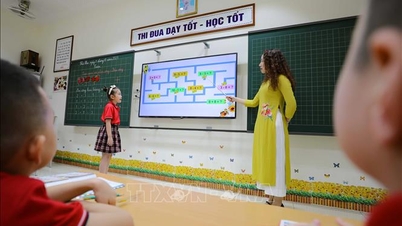



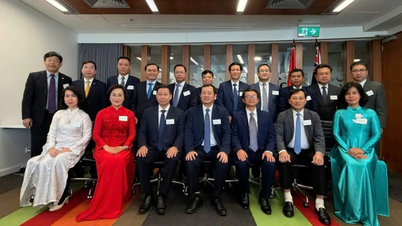
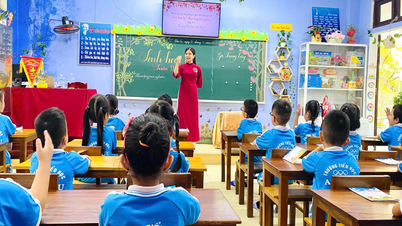

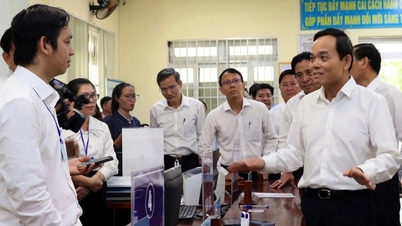

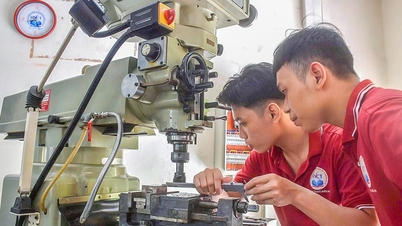









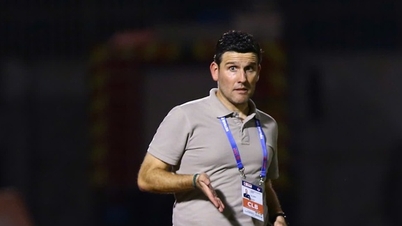















































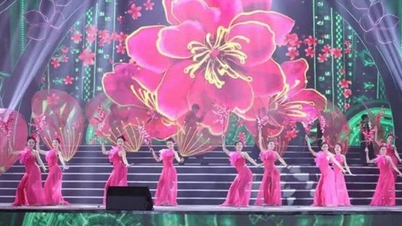




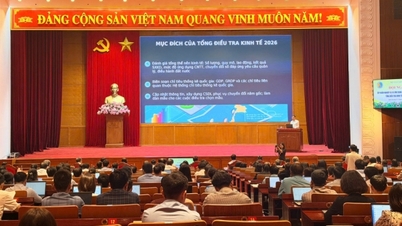






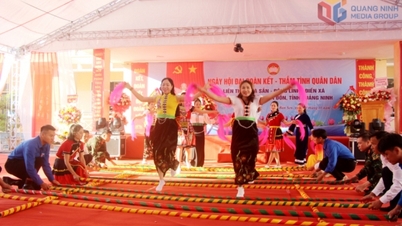

![Dong Nai OCOP transition: [Article 3] Linking tourism with OCOP product consumption](https://vphoto.vietnam.vn/thumb/402x226/vietnam/resource/IMAGE/2025/11/10/1762739199309_1324-2740-7_n-162543_981.jpeg)













Comment (0)